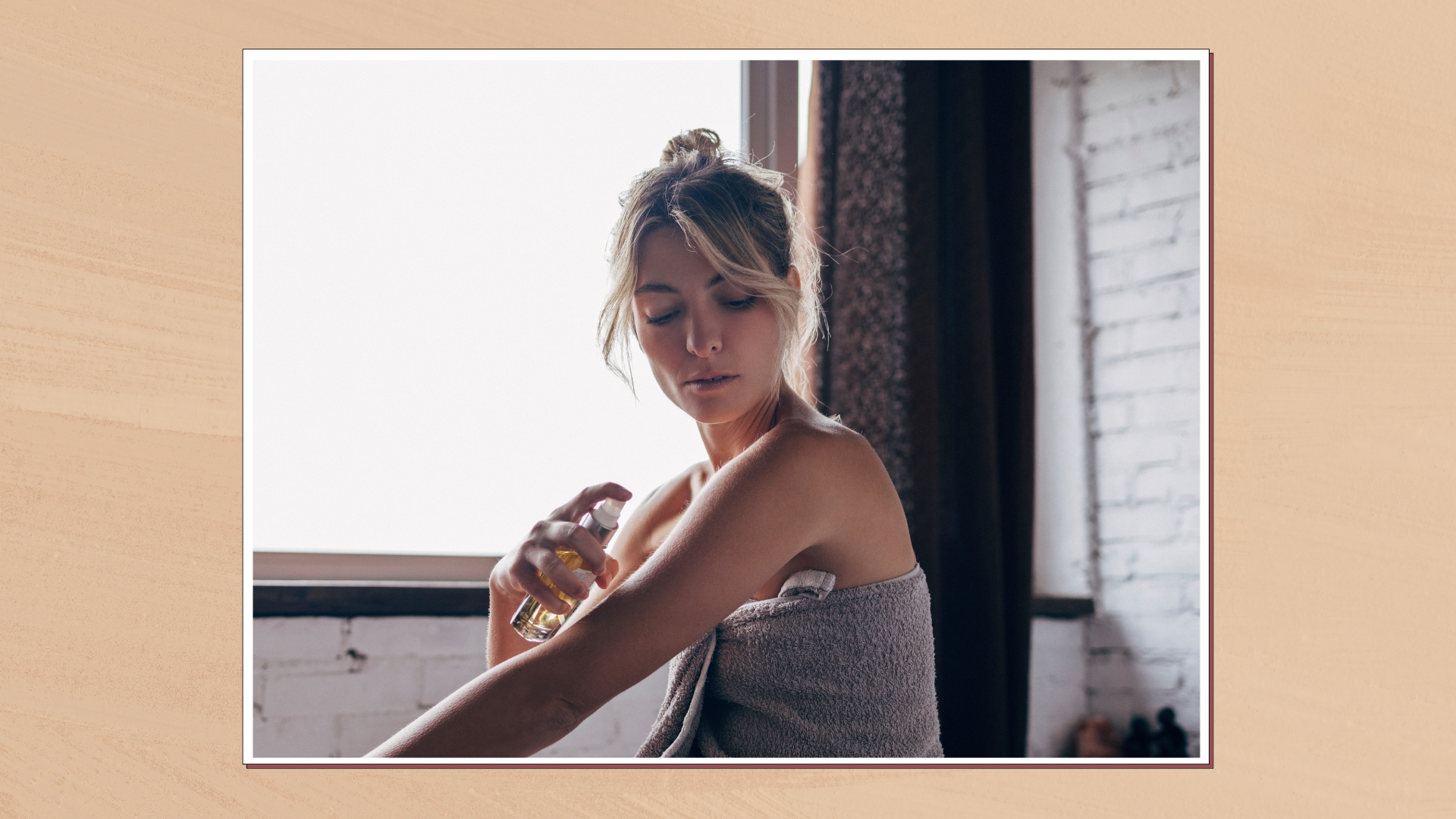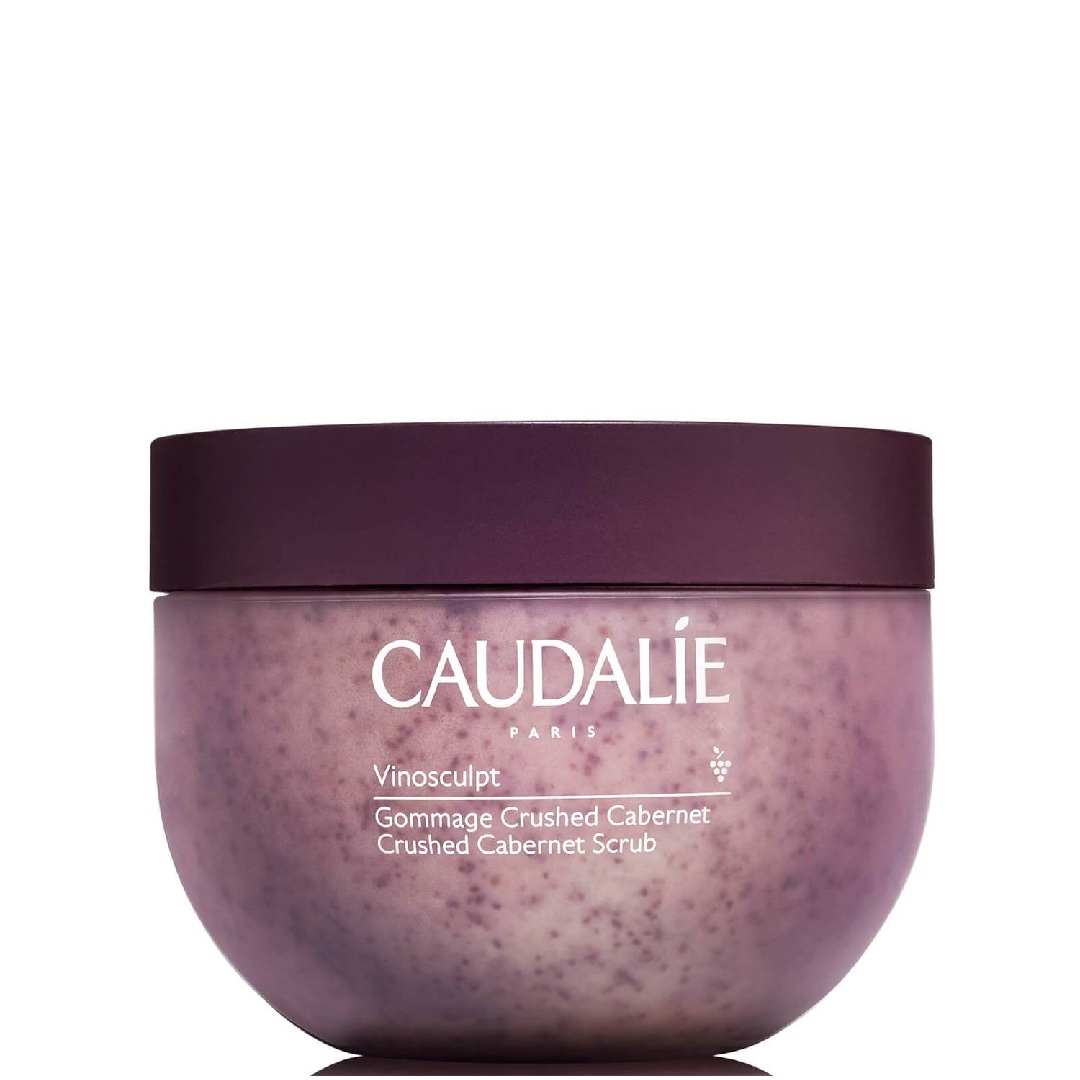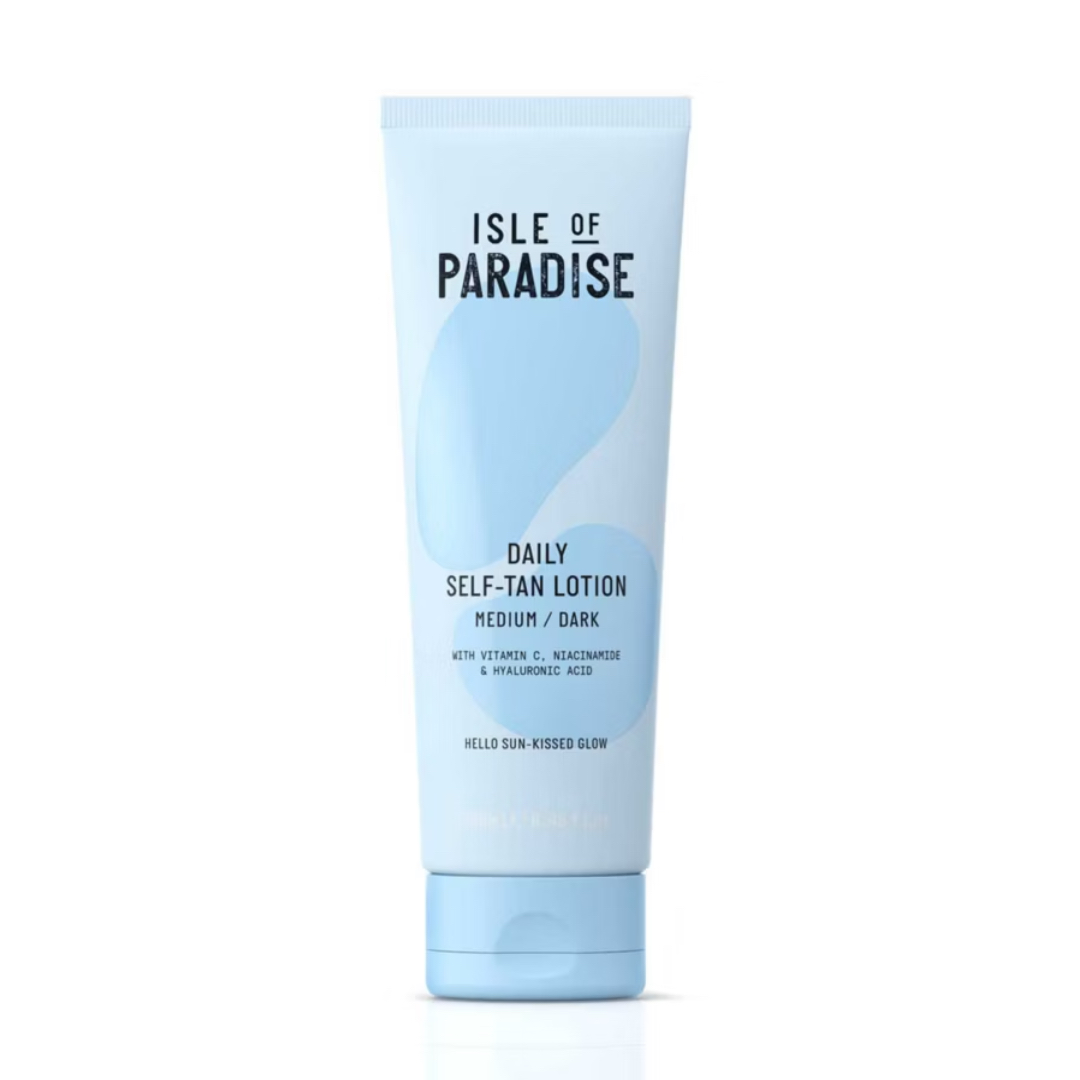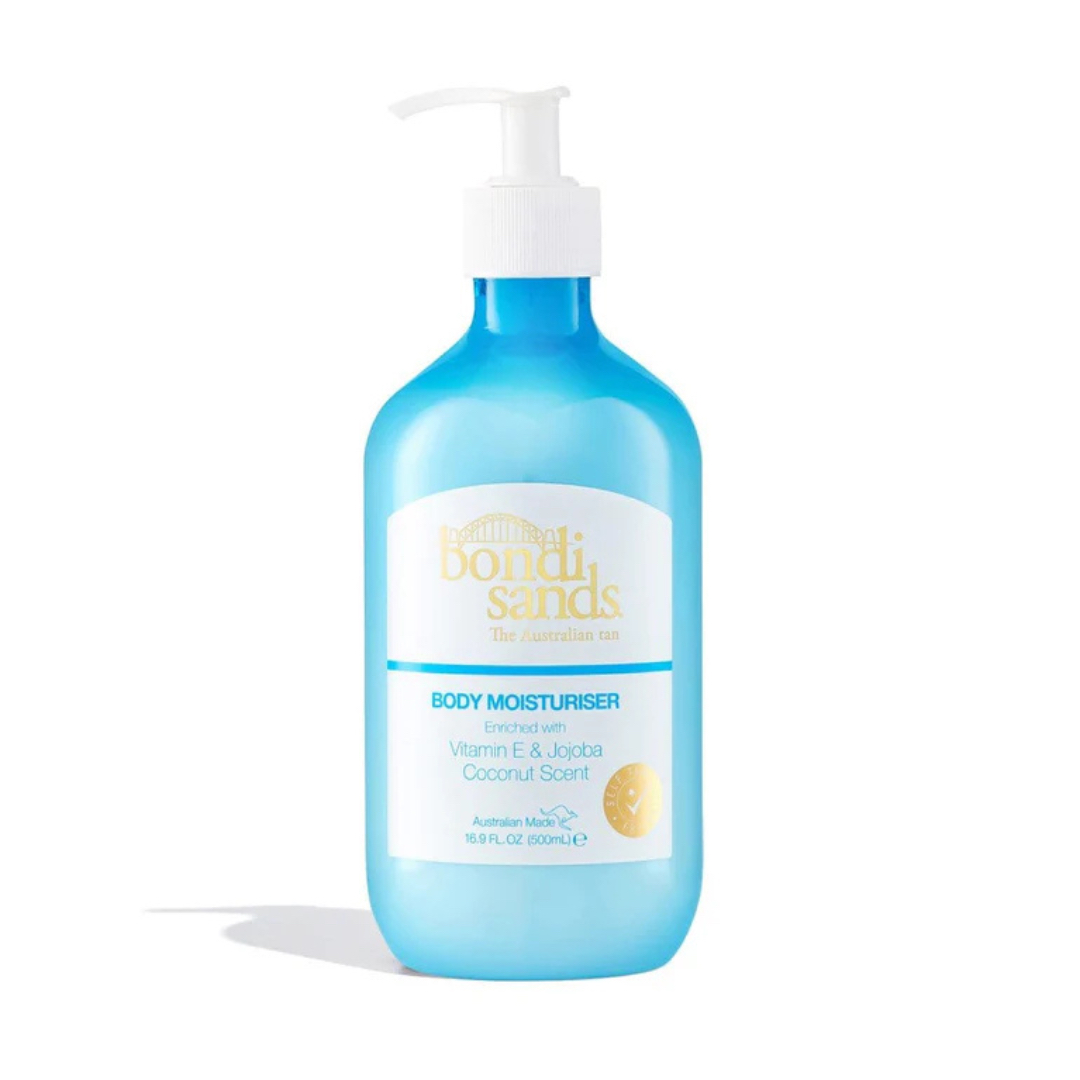Is fake tan bad for your skin? Two experts share their insights
Wondering if there are any downsides to your self-tan routine? We asked skin specialists to settle the debate


We know sun tanning comes with considerable health risks. But is fake tan bad for your skin, too? Whether you're considering DIY tanning for the first time or are a seasoned self-tanner looking for some reassurance, we got answers straight from the experts to bring you a comprehensive breakdown.
As any keen at-home-bronzer will know, even the best self tan can result in unwanted effects like streaks, dotty pores, and crispy-looking cuticles. But does the damage run deeper than simply visibly telling tales of our fake tanning adventures?
We've spoken with aesthetic and dermatology specialists to ask questions such as is fake tan bad for your skin? And are some ways of using tanning products better for us than others? Here's what these experts had to say...
Is fake tan bad for your skin?
Is self-tanner bad for the skin?
The short answer, per our experts, is no – fake tan should not be bad for your skin. "As long as it is used topically and as directed, there is no indication that self-tanning products are harmful to your skin’s health," advises Dr Safa Al-Naher, advanced facial aesthetics trainer and director of Serene by Dr Safa.
The main exception to this rule is those with allergies or easily-aggravated skin. "Individual skin types may react differently to self-tanners, including the active ingredient DHA," explains Caroline Brooks, skin specialist and founder of The Glass House Salon & Spa. "Some people with sensitive skin may be more prone to experiencing irritation or allergic reactions."
If you are concerned about reactions, take the same precautions as you would when trying any new skincare ingredient or product. "I would always suggest carrying out a patch test before applying it to larger areas of your body," says Dr Al-Naher. "Behind the ear is a good place, leaving it for at least 24 hours before applying in full."
Does fake tan dry out your skin?
Health and safety aside, what about the way your skin looks and feels after using fake tan? Is there any truth to the widely-touted belief that self-tanners dry the skin out? It's not quite that simple. Understanding how the active ingredient, DHA, works is key to getting to the bottom of this one.
Sign up to our free daily email for the latest royal and entertainment news, interesting opinion, expert advice on styling and beauty trends, and no-nonsense guides to the health and wellness questions you want answered.
"Self-tanners contain an active ingredient called DHA (dihydroxyacetone), which reacts with the amino acids in the top layer of the skin to produce a temporary brown pigment," Brooks explains. Dehydrated skin will naturally draw in more of your chosen tanning product, therefore more DHA, which is why areas like your cuticles, elbows and heels are prone to taking on more intense colour and staining. (This is also why applying a thick barrier cream on dry palms before tanning is key in how to get fake tan off hands.)
So, to recap: although fake tan will collect on and cling to dry skin, accentuating its appearance, it does not actually cause the skin to become drier.
How to prevent dry skin when tanning
If you've ever wised up on how to fake tan properly, you may also have wondered whether all the recommended pre- and post-tan steps are really necessary. But, if you want to keep your skin in good nick, they are worth following.
As DHA works by binding with the amino acids in the skin's top layer of cells (dead skin cells that are ready to shed) ensuring there isn't too much dead skin there in the first place is key. It's then about keeping everything well-moisturised afterwards, which helps your tan stay put as well as look smooth, even and hydrated.
Emma Coleman, dermatology and aesthetic RGN, advises following the following skin-kind self-tanning routine.
- Exfoliate: "Use a salicylic acid face wash and a washcloth to exfoliate the skin before applying a self-tanner.
- Apply: The tanner in sections using a self-tan mitt for even results.
- Blend: With oil or moisturiser on your wrists and ankles.
- Dilute: With oil or moisturiser over your joints.
- Give: Your skin time to dry before applying facial skincare
- Moisturise: every day after tanning."
Every expert we asked emphasised the necessity of these steps in successfully knowing how to self tan your face and body without drying it out. "Exfoliation is the most important part of the process, particularly after a long winter," agrees Dr Al-Naher. "This will remove any build-up of dead skin cells, but I would pay particular attention to your knees, elbows, and ankles, as these are the areas where you often get dry skin forming."
"After application, using a moisturiser can help prevent or alleviate any dryness or damage to the skin," adds Brooks. Oils are known to loosen dead skin cells and can break down DHA, neither of which you want after painstakingly applying your tan – so the best body moisturiser for the job will be an oil-free formula.

RRP: £29 for 250g
This perfectly balances scrubbing action with gentle moisturisation, combining grape seed powder with honey and plant seed oils to nourish. Use it at least 24 hours before tanning so there's no residue left on your skin that might affect your self tan.

RRP: £9.99 for 250ml
As your tan fades with time, you can maintain it with a gradual tanning lotion to help even out any patchy areas. This Isle of Paradise number is a lovely, non-greasy formula that rubs in easily and is available in two shades – Medium/Dark and Light/Medium.
How often is it OK to fake tan?
From a skin health point of view, as often as you like. "DHA has a strong safety profile so there is no risk of overdosing," agrees Coleman. From an appearance perspective, it's wise to avoid loading layer upon layer. "Most self-tanning products are safe to use as often as you like, however, to avoid build-up and patches forming, I recommend regularly exfoliating in between applications," says Dr Al-Naher.
How often you top up depends on the product you use, too. Gradual lotions with high levels of hydrating ingredients and low percentages of DHA are designed to be layered and can be used several times a week. Traditional tanning mousses and creams contain more DHA, so you can leave longer gaps between applications. "If you use a good quality product, you should only need to re-apply once a week," Dr Al-Naher adds.
Is self-tanner safer than tanning?
Yes, there's no question that getting your tan from a bottle is much, much safer than exposing your skin to UV rays. Unfortunately, there is no such thing as a safe natural tan – it's actually your skin's response to damage. Think of a real tan as your skin putting up little melanin umbrellas to desperately try and defend itself from deep and irreversible cellular damage. Scary, no? "I would always recommend self-tan over a natural tan due to the long-term damage the sun can do to your skin," confirms Dr Al-Naher.
If you tend to use self tan products during warmer seasons and holidays, you might wonder, is fake tan bad for your skin when combined with the actual sun? Coleman notes: "According to a 2008 study, DHA-treated skin which is then exposed to UV light is likely to generate approximately 180% more free radicals compared to skin which has not been treated with DHA."
Considering that free radicals are nasty skin-damaging and collagen-degrading molecules – the kind we fight off with antioxidants such as our best vitamin C serums – that also sounds pretty scary. However, it's worth bearing in mind that a 20% DHA solution was used in this trial, while the typical DHA percentage in self tan tends to be 1–5% (the legal limit in the EU is 10%, though the FDA has not imposed a limit in the US).
Still, it's wise to limit your UV exposure for this and so many other reasons. "Self-tanner does not offer protection from the sun, so you should always wear sunscreen on top. The colour change due to the tanner may also mask any burning or sun damage that starts to happen," adds Dr Al-Naher. And exercising caution in the sun is never exactly a bad idea, is it?

As woman&home's Beauty Channel Editor, Fiona Mckim loves to share her 15+ years of industry intel on womanandhome.com and Instagram (@fionamckim if you like hair experiments and cute shih-tzus). After interning at ELLE, Fiona joined woman&home as Assistant Beauty Editor in 2013 under industry legend Jo GB, who taught her to understand ingredients and take a cynical approach to marketing claims. She has since covered every corner of the industry, interviewing dermatologists and celebrities from Davina McCall to Dame Joan Collins, reporting backstage at London Fashion Week and judging the w&h Beauty Awards.
